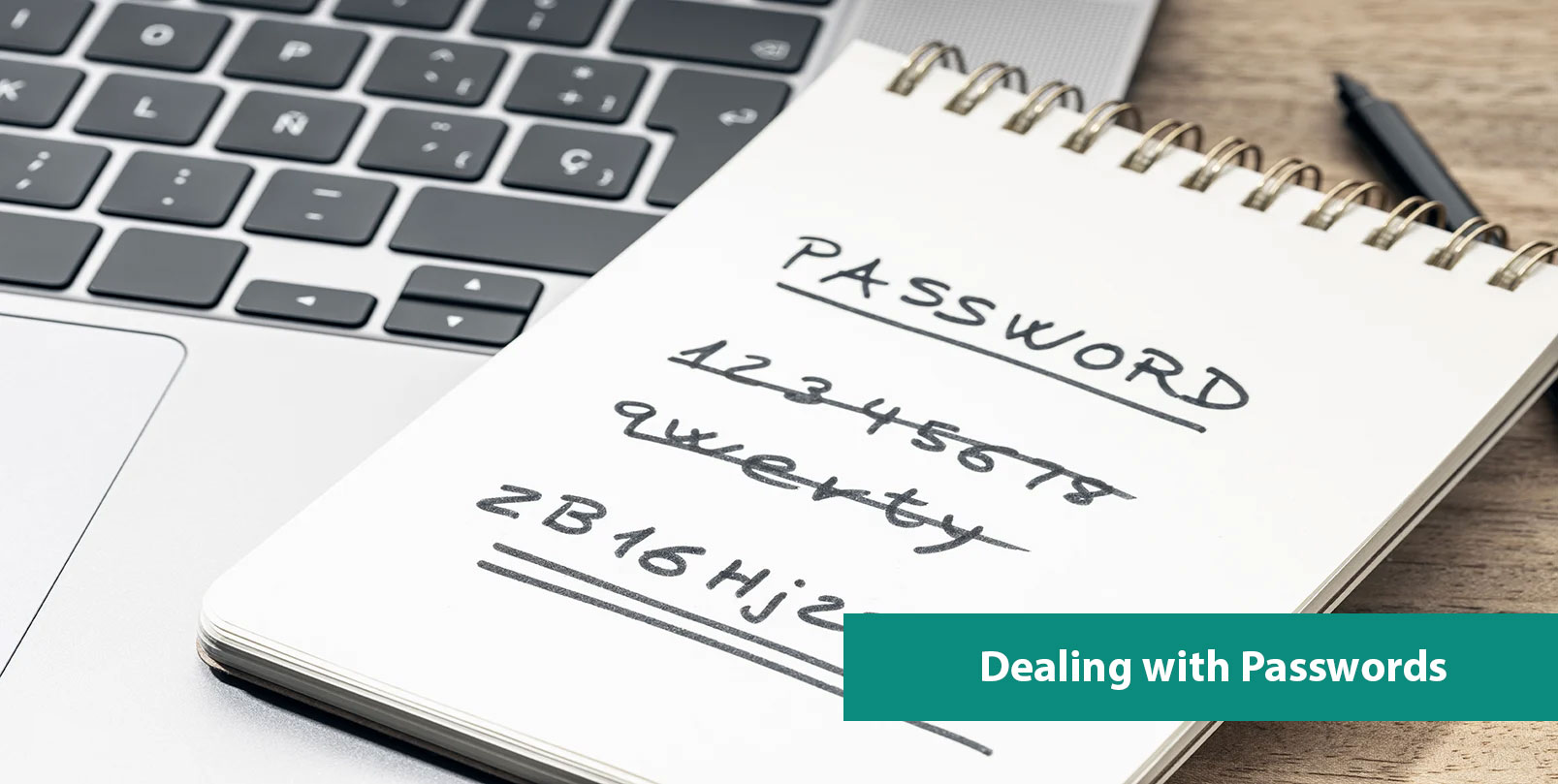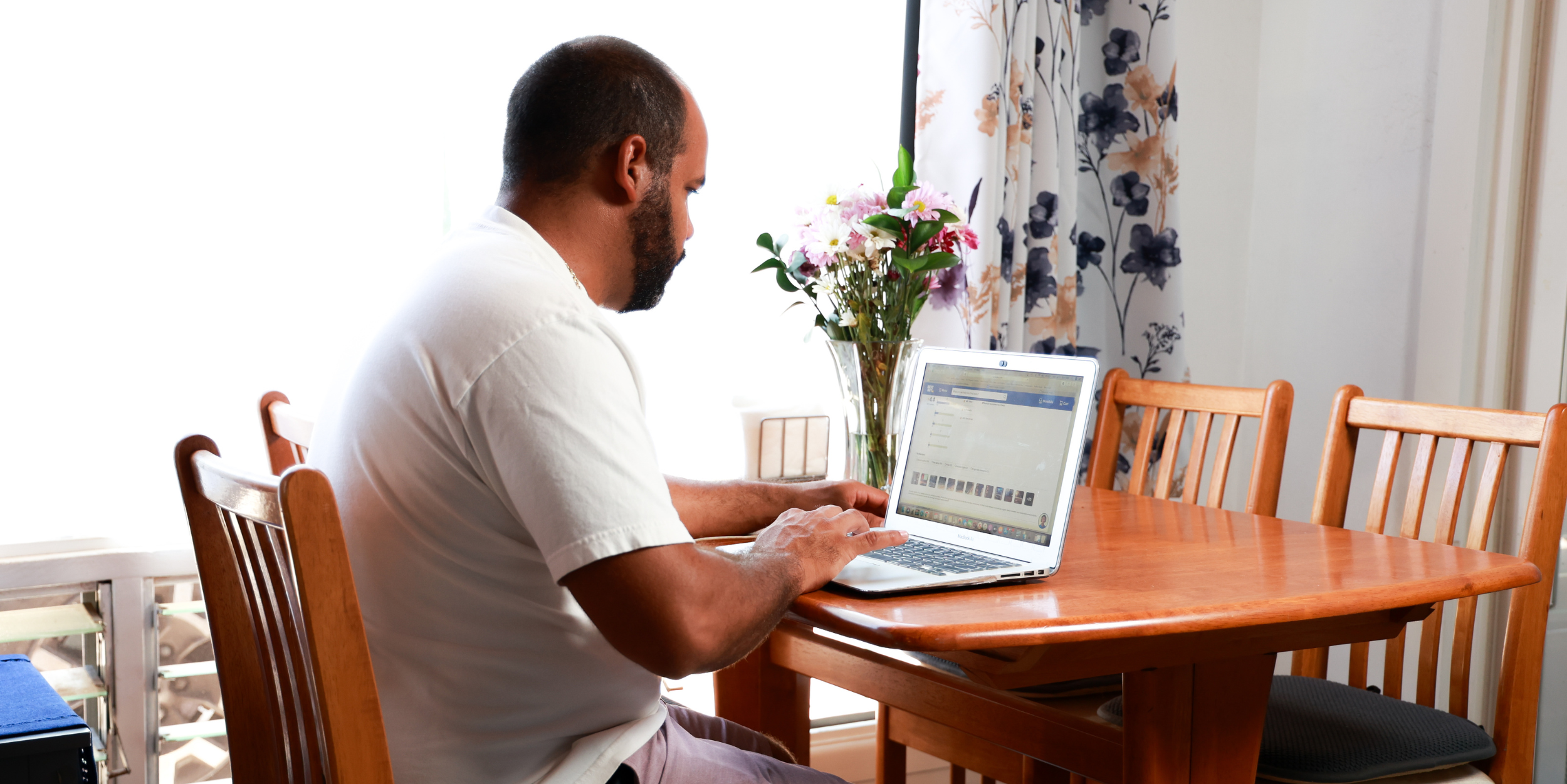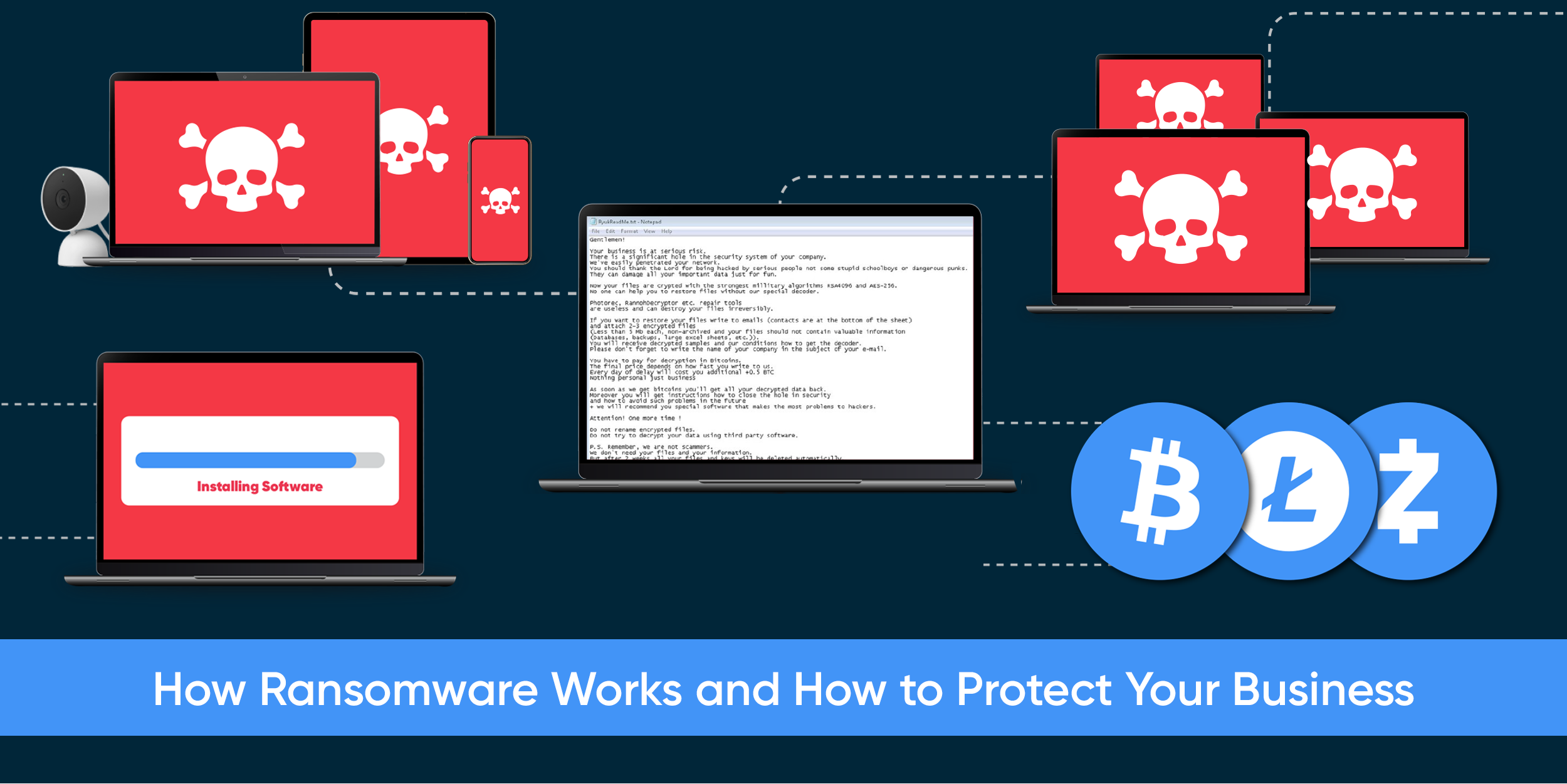Dealing with Passwords
Managing all your passwords can sometimes feel overwhelming. It doesn't have to be. Here's a quick guide on making it easier to manage your passwords.
Email, social media, file-sharing, banking, transport, entertainment... Nowadays, most people have dozens of accounts online — and almost all of them need passwords. Managing all your passwords can sometimes feel overwhelming.
It doesn't have to be. Here's a quick guide on making it easier to handle your passwords.
KNOW YOUR VITALS
Not all online accounts are equal. Some are 'nice to have'; others are CRITICAL - losing them will seriously disrupt your life.
These are usually accounts related to your money and your identity.
Focus first on the accounts vital to your life; make sure the passwords for these are top-notch. Once they're secured, move on to the less important stuff.
- WEBMAIL - Accounts used to recover passwords for other accounts.
- BANKS, CREDIT CARDS, LOANS - Accounts with direct access to your finances.
- ONLINE SHOPPING - Accounts with your credit card or bank details.
- REPUTATION - Accounts identifying you, your work or affiliations.
- FILE-SHARING - Accounts with documents on your finances or security.
- IMAGE-SHARING - Accounts with images of you or your loved ones.
MAKE IT UNIQUE. MAKE IT STRONG.
Next, give your vital accounts a unique, strong password. The easiest way to do that is to use a simple, easy-to-remember system that lets you create many passwords with little effort. Here are a couple of systems you can try (but don't use the example passwords shown here).
1. BASE/PIN
Combine the BASE and PIN to create a unique password for each site.
THE BASE: aMa229. Identifies the site (e.g., Amazon). It's different for each site and can be written down somewhere.
THE PIN: lolcat! (keep this secret). A short sequence that always stays the same. Memorize this.
Add the PIN to the front, back or even middle of the BASE:
- lolcat!aMa229
- aMa229lolcat!
- aMalolcat!229
2. PHRASE PLAY
Find a phrase that's easy to remember - a song lyric, a rhyme - and use variations of it as a password for each site.
The phrase: Why on earth must I create so many passwords
You can play around with the phrase in many ways.
- Use it as-is: whyonearthmustI
- Make an acronym: woemicsmp
- Use alternate character: hoerhutceeoasod
3. PASSWORD GENERATOR
There are many programs, apps and even scripts that can save you the headache and quickly generate passwords for your accounts. Give them a try. Make sure the result is unique and strong.
4. CREATE YOUR OWN
Play around and build a creation system of your own. Just keep the following in mind:
- 8 or more characters: no less than 8 characters; the more the better
- Mix character types: AA aa 1234 !@#$. Many sites demand a mix of uppercase, lowercase, numbers and special characters
- Reset question: What is your pet's name? The answer for the password reset question should also be unique, strong, and not found anywhere online
NOT THESE
The worst kind of password is one that everyone else uses. The following are some of the most common passwords that people use.
- password
- passw0rd
- password1
- qwerty
- abc123
- aaaaaa
- admin
- master
- iloveyou
- letmein
- work
- job
- shadow
- princess
- 000000
- 111111
- 123123
- 654321
- 1234
- 12345
- 123456
- 1234567
- 12345678
- 123456789
- 1234567890
These are not strong passwords. Don't use these.
2FA: IF THEY HAVE IT, USE IT
If 2FA is available, turn it on. That way, even if someone steals your password, they still only have half of the 'key' needed to get into your account.
SAVE IT SAFELY
Finally, once you have created your passwords, keep them safe from prying eyes.
Some people write them down on paper and lock it away in a safe place. Others keep them in an encrypted file on a device.
Still others use a password manager.
Find a way that's safe and easy for you.
Content provided by F-Secure.







